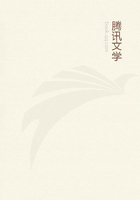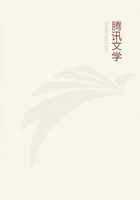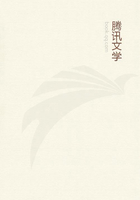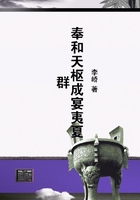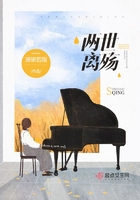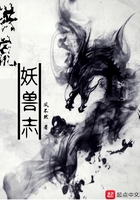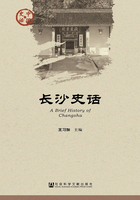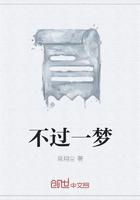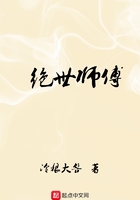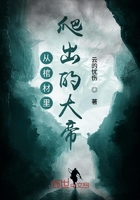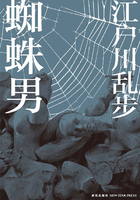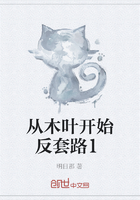We have already mentioned the marvelous instances of Cesarean sections self-performed, and in the literature of obstetric operations many of the minor type have been done by the patient herself. In the foregoing cases it is to be understood that the operations have been performed solely from the inability to secure surgical assistance or from the incapacity to endure the pain any longer. These operations were not the self-mutilations of maniacs, but were performed by rational persons, driven to desperation by pain.
Possibly the most remarkable instances of extensive loss of blood, with recoveries, are to be found in the older records of venesection. The chronicles of excessive bleeding in the olden days are well known to everybody. Perhaps no similar practice was so universally indulged in. Both in sickness and in health, depletion was indicated, and it is no exaggeration to say that about the hospital rooms at times the floors were covered with blood. The reckless way in which venesection was resorted to, led to its disuse, until to-day it has so vanished from medical practice that even its benefits are overlooked, and depletion is brought about in some other manner. Turning to the older writers, we find Burton describing a patient from whom he took 122 ounces of blood in four days. Dover speaks of the removal of 111 and 190ounces; Galen, of six pounds; and Haen, of 114 ounces. Taylor relates the history of a case of asphyxia in which he produced a successful issue by extracting one gallon of blood from his patient during twelve hours. Lucas speaks of 50 venesections being practiced during one pregnancy. Van der Wiel performed venesection 49 times during a single pregnancy. Balmes mentions a case in which 500 venesections were performed in twenty-five years. Laugier mentions 300 venesections in twenty-six months.
Osiander speaks of 8000 ounces of blood being taken away in thirty-five years. Pechlin reports 155 venesections in one person in sixteen years, and there is a record of 1020 repeated venesections.
The loss of blood through spontaneous hemorrhage is sometimes remarkable. Fabricius Hildanus reports the loss of 27 pounds of blood in a few days; and there is an older record of 40 pounds being lost in four days. Horstius, Fabricius Hildanus, and Schenck, all record instances of death from hemorrhage of the gums. Tulpius speaks of hemoptysis lasting chronically for thirty years, and there is a similar record of forty years' duration in the Ephemerides. Chapman gives several instances of extreme hemorrhage from epistaxis. He remarks that Bartholinus has recorded the loss of 48 pounds of blood from the nose; and Rhodius, 18 pounds in thirty-six hours. The Ephemerides contains an account of epistaxis without cessation for six weeks. Another writer in an old journal speaks of 75 pounds of blood from epistaxis in ten days. Chapman also mentions a case in which, by intestinal hemorrhage, eight gallons of blood were lost in a fortnight, the patient recovering. In another case a pint of blood was lost daily for fourteen days, with recovery. The loss of eight quarts in three days caused death in another case; and Chapman, again, refers to the loss of three gallons of blood from the bowel in twenty-four hours. In the case of Michelotti, recorded in the Transactions of the Royal Society, a young man suffering from enlargement of the spleen vomited 12 pounds of blood in two hours, and recovered.
In hemorrhoidal hemorrhages, Lieutaud speaks of six quarts being lost in two days; Hoffman, of 20 pounds in less than twenty-four hours, and Panaroli, of the loss of one pint daily for two years.
Arrow-Wounds.--According to Otis the illustrious Baron Percy was wont to declare that military surgery had its origin in the treatment of wounds inflicted by darts and arrows; he used to quote Book XI of the Iliad in behalf of his belief, and to cite the cases of the patients of Chiron and Machaon, Menelaus and Philoctetes, and Eurypiles, treated by Patroclus; he was even tempted to believe with Sextus that the name iatros, medicus, was derived from ios, which in the older times signified "sagitta,"and that the earliest function of our professional ancestors was the extraction of arrows and darts. An instrument called beluleum was invented during the long Peloponnesian War, over four hundred years before the Christian era. It was a rude extracting-forceps, and was used by Hippocrates in the many campaigns in which he served. His immediate successor, Diocles, invented a complicated instrument for extracting foreign bodies, called graphiscos, which consisted of a canula with hooks. Otis states that it was not until the wars of Augustus that Heras of Cappadocia designed the famous duck-bill forceps which, with every conceivable modification, has continued in use until our time. Celsus instructs that in extracting arrow-heads the entrance-wound should be dilated, the barb of the arrow-head crushed by strong pliers, or protected between the edges of a split reed, and thus withdrawn without laceration of the soft parts. According to the same authority, Paulus Aegineta also treated fully of wounds by arrow-heads, and described a method used in his time to remove firmly-impacted arrows. Albucasius and others of the Arabian school did little or nothing toward aiding our knowledge of the means of extracting foreign bodies. After the fourteenth century the attention of surgeons was directed to wounds from projectiles impelled by gunpowder. In the sixteenth century arrows were still considerably used in warfare, and we find Pare a delineating the treatment of this class of injuries with the sovereign good sense that characterized his writings. As the use of firearms became prevalent the literature of wounds from arrows became meager, and the report of an instance in the present day is very rare.

